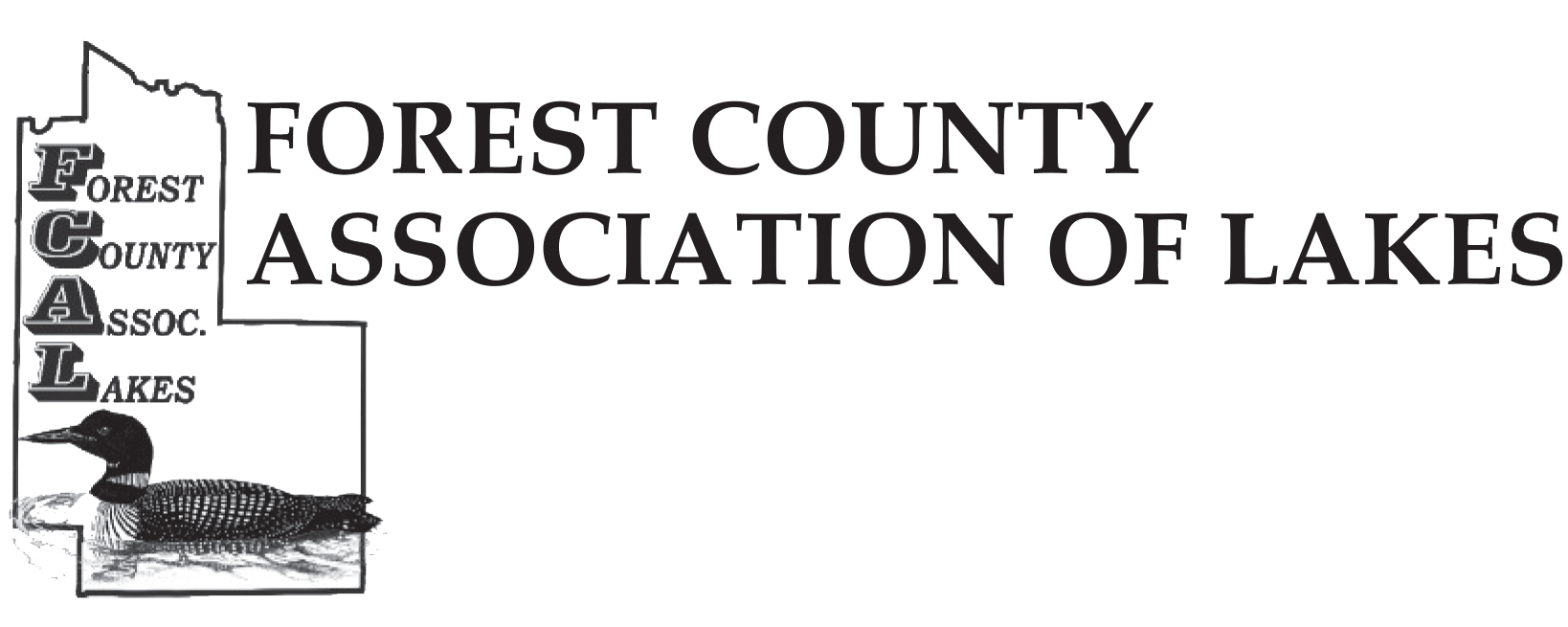The lake you live on or near is a very different place when iced over for the winter, but it’s still a living system with many mysteries to explore. Here are a few things you may not know about the life of a frozen lake
It all starts with steam.
f you look out on your lake on a very cold October morning, you’ll probably see wisps of steam rising from the water. The steam forms as warmer, moist air, just above the water, rises to meet the cold, drier air above. The moisture condenses into tiny droplets to form what’s known as steam fog or water smoke. This is usually the first sign that the water is cooling as time for ice formation approaches.
Ice doesn’t like waves.
Have you wondered why your lake won’t freeze when the days and nights are windy? It’s because wave action constantly fractures tiny ice crystals as they form, keeping solid ice from taking hold. This is the same principal that explains why fast-moving rivers or streams don’t freeze. In these conditions, the water can actually supercool, remaining as liquid below the freezing point of 32 degrees F. When the wind dies down and temperatures drop, a thin sheet of ice covers your lake.
In Winter, your lake has layers.
Underneath the ice, lake water has an interesting temperature or layering profile. The warmest, densest water, at about 40 degrees F, lies at the bottom. The coldest, least dense water, at 32 degrees F, lies right under the ice. The ice itself is the least dense of all, which is why it floats. Ice expands by about 10 percent from the liquid state of water. This explains why your bottles break if left outside overnight in winter.
Oxygen levels in winter.
Fish and other water creatures need a supply of oxygen to make it through the winter. Fortunately, beneath the new ice, the lake holds more oxygen than at any other time of year. That’s because cold water can hold much more oxygen than when it’s warm. At 32 degrees F, water holds almost twice as much oxygen as it would at 80 degrees F.
Fish need less oxygen in winter.
Fish, frogs, mollusks, crayfish, and other critters are cold-blooded. In cold water, their metabolism slows down, and they move about slowly, if at all. Less movement means, less oxygen needs or use. They go into winter with the most abundant oxygen at a time when they need that oxygen the least.
What’s up with lakes “booming”?
Lake ice makes wondrous, almost musical, sometimes eerie sounds as it expands and contracts with changes in temperature. If you’re on the lake when the ice is booming, or even if you hear a crack sizzle right past you and off into the distance, there’s no need to fear. Booming and cracking do not mean the ice is weakening. Most of the time, the booming is a result of the lake making more ice.
Ice is tough and fragile?
There are different ways to measure the strength of ice. One is fracture toughness – how easily a crack spreads through a material. If you use fracture, ice is about one-tenth as tough as window glass. Then there’s tensile strength- how much force a substance can take when stretched from both ends. The tensile strength of ice is about half that of bricks. Its flexural strength, which measures resistance to bending under a load, is roughly the same strength as a pine board across the grain.
How much ice is safe for travel? The Wisconsin DNR’s guidelines for new clear ice are as follows:
• Ice fishing (person on foot) = 4 inches
• Snowmobile = 5 inches
• Car or small pick-up = 8-12 inches
• Medium sized truck = 12-15inches
• Optimus Prime = 100+ inches
How does Lake Ice melt?
As the weather warms, the snow on the ice surface melts first. Then the sun’s rays penetrate the ice and warm up the water below, while also warming areas of open water near shore. Warm air circulating above the ice contributes to the thaw, but it’s the warming water below that really does the trick.
Conservation Corner is a weekly article produced by the Forest County Land & Water Conservation Department. For more information contact Steve Kircher, County Conservationist-Land Information/GIS Director at 715-478-1387 or by e-mail at .
